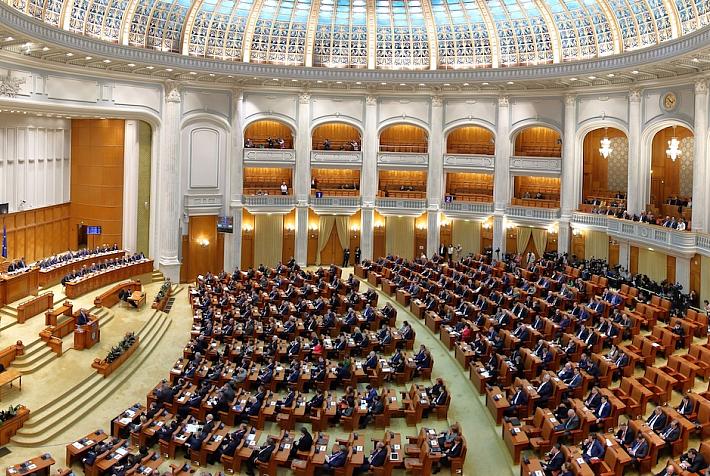Romanian Economic Monitor economists revise GDP growth forecast down to 1.8% in 2024

Romania's GDP will grow only 1.8% in 2024, according to economists of the Faculty of Economic Sciences and Business Management of Babeș-Bolyai University in Cluj-Napoca, which runs the Romanian Economic Monitor (RoEM) research project. The figure is lower than the initial forecast of 3%, despite the positive trends recorded in the first half of the year - the increase in domestic demand, mainly stimulated by the real increase in the population's income, as well as the gradual reduction of inflation.
The flash estimate of the National Institute of Statistics published in September said that Romania's GDP registered an increase of 0.8% in the second quarter compared to the first quarter. This followed the 0.5% increase in the first three months of the year.
According to the RoEM research, while these numbers might suggest a modest acceleration in economic growth, they are actually below analysts' expectations, which portends lower economic growth for the whole year than initially estimated.
"Considering these developments, our team revised the forecast for Romania's GDP growth in 2024 from the level of 3% estimated at the beginning of the year to 1.8%, which already includes the effects of the weaker economic performance in the first half of the year. Moreover, this growth rate could decrease even further if new unforeseen events occur […]. So, besides our current forecast of 1.8%, the balance of economic risks to the end of the year is leaning more to the downside," said Levente Szász, vice-rector of UBB Cluj-Napoca, coordinator of the Romanian Economic Monitor team.
Romania saw an increase in domestic demand in the first six months, stimulated mainly by the real growth in the population's income (including pension and minimum wage hikes) and the gradual reduction of inflation.
Although these trends continue in the second half of the year (for example, the increase of the minimum gross salary to RON 3,700 starting from July 1, or a new increase in pensions as of September), the RoEM team of economists expects less favorable news to come from the corporate sector.
Levente Szász explained: "Statistics suggest that firms are failing to fully capitalize on the increase in demand by expanding their offering in the local market. Thus, the increased demand is mainly covered by imports, which has a less favorable and indirect impact on Romania's economy. This phenomenon is also reflected by the negative contribution of the net exports component to Romania's GDP in the first two quarters of the year."
"Even if the investments, especially those in infrastructure and those financed from European funds, add a plus to the economy's evolution, they only manage to maintain the GDP growth in a positive territory, but at a modest level," he added.
The situation is similar in production, the RoEM team believes: all sectors of economic activity make modest, and in some cases even negative, contributions to Romania's GDP evolution this year.
Agriculture, for example, has been severely affected by this summer's drought, particularly in terms of maize crops, and this impact will be felt in economic indicators in the second half of the year. The industry continues to follow the negative post-pandemic trend, while construction is currently being supported by government investment, and the residential sector is showing signs of weakness, RoEM said.
irina.marica@romania-insider.com
(Photo source: Antonyesse/Dreamstime.com)













